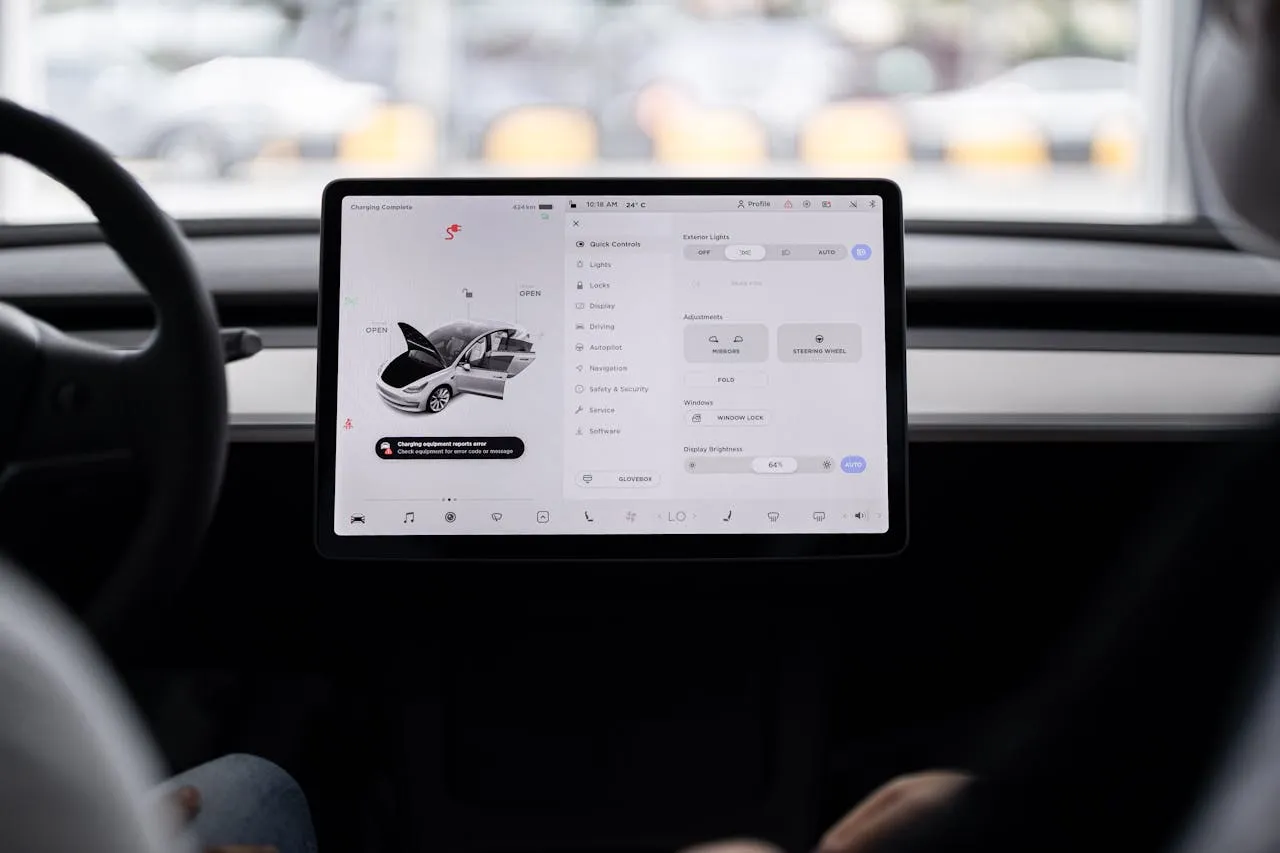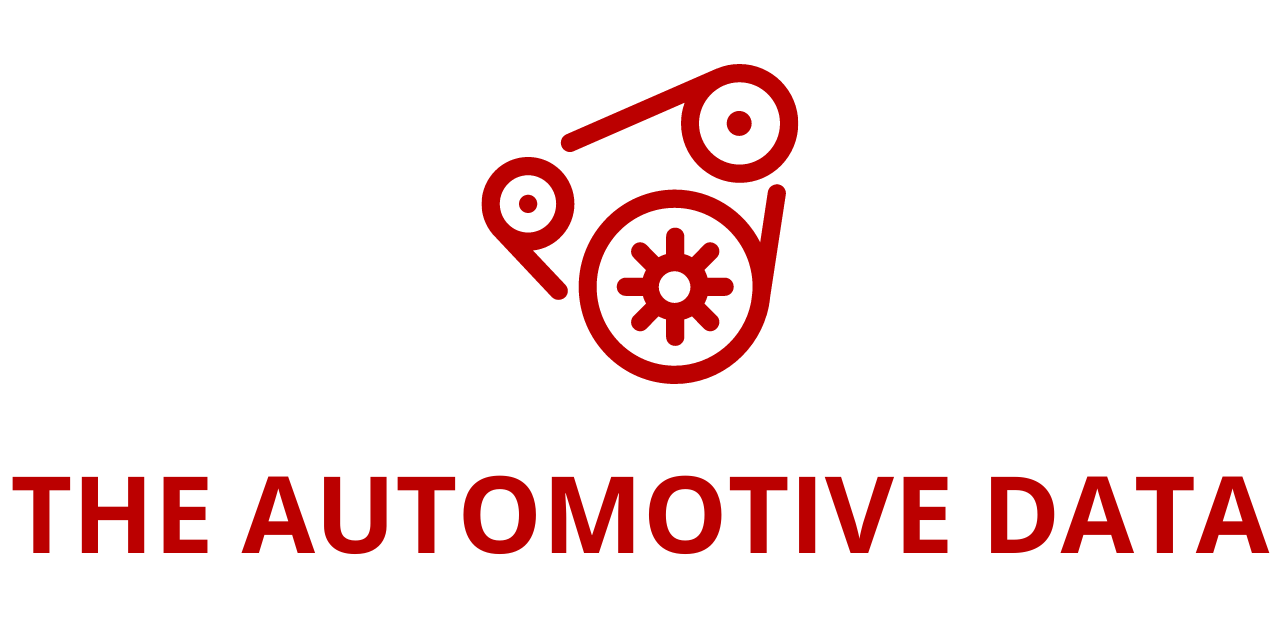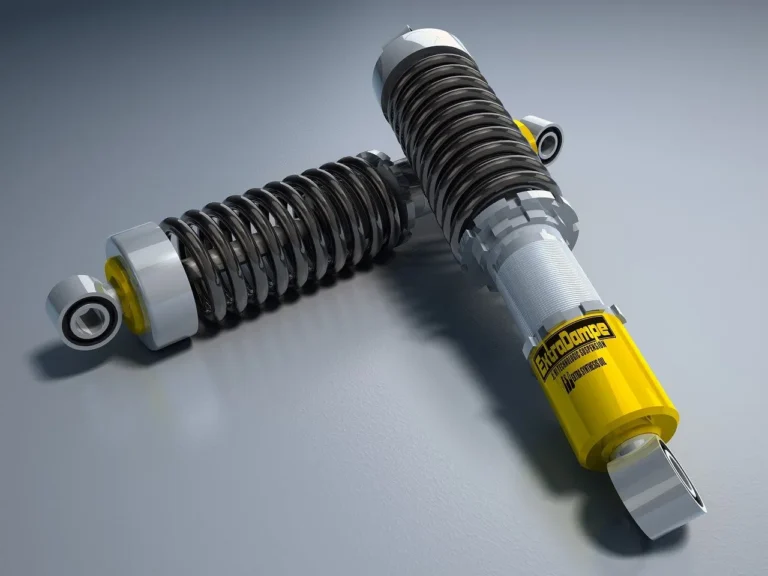
Indra, Audi, and Qualcomm Collaborate to Pioneer the Future of Tolling with Cellular Vehicle-to-Everything (C-V2X) Technology
Indra, Audi of America, and Qualcomm Technologies, Inc. have joined forces to launch an innovative project that marks a significant milestone in the evolution of intelligent transportation systems. The trio aims to revolutionize toll collection through the use of Cellular Vehicle-to-Everything (C-V2X) technology, setting the stage for a more efficient, seamless, and standardized tolling experience across the United States.
This collaboration underscores the growing importance of vehicle connectivity in reshaping driver interactions with transportation infrastructure. As vehicles become more intelligent and digitally integrated, the deployment of C-V2X connectivity for tolling offers a practical and forward-looking solution that can reduce congestion, unify payment systems, and enhance the overall travel experience.
A Glimpse into the Future of Tolling
At the heart of the initiative is a first-of-its-kind demonstration project that leverages the SAE J3217 standard for C-V2X tolling. This globally recognized specification provides a framework for secure, interoperable, and standardized communication between vehicles and roadside infrastructure. By adhering to this standard, the project ensures that the tolling technology can be adopted universally—across states, regions, and future vehicle models—without the need for proprietary solutions.
Today’s toll systems, while improved from their manual predecessors, still present significant friction. Drivers often rely on mobile applications, toll agency-specific transponders, or license plate recognition systems to make payments. These methods come with drawbacks, including compatibility issues across different jurisdictions, delayed payment notifications, and administrative overhead for both drivers and tolling authorities.
In contrast, C-V2X-based tolling brings automation and real-time communication directly into the vehicle cabin. Drivers of equipped vehicles will receive toll notifications on their in-vehicle displays, complete with detailed rate information and confirmation options. This level of integration provides not only clarity and control to the driver but also reduces the need for roadside infrastructure such as gantries and camera systems, potentially lowering operational costs for toll operators.
Transforming the In-Vehicle Payment Landscape
The potential applications of C-V2X tolling extend far beyond toll booths. The same communication backbone can be utilized for a range of vehicle-based payment services. Whether it’s for paying parking fees, accessing restricted city zones, or making purchases at drive-throughs, C-V2X sets the stage for vehicles to function as secure, digital wallets on wheels.
“We have known for some time that cars will eventually become motorists’ wallets, used to pay for everything—from tolls and mileage-based road usage, to parking, to drive-through and other consumer services,” said Raul Ripio, Senior Vice President of Mobility & Technology at Indra. “The advent of the J3217 C-V2X standard puts the United States at the forefront of in-car payments innovation, and Indra is excited to help bring us one step closer to that connected future.”
This transformation reflects a broader shift in how automakers and technology companies are reimagining vehicle capabilities. As cars gain more autonomy and intelligence, user experience and service integration are becoming defining factors in vehicle development. The collaboration among Indra, Audi, and Qualcomm exemplifies how cross-industry partnerships are essential to delivering these next-generation solutions.
Advantages for Toll Agencies and Infrastructure Operators
While C-V2X tolling enhances convenience for drivers, it also offers substantial benefits to toll agencies and transportation departments. Traditional electronic toll collection systems depend heavily on physical infrastructure—transponders, antennas, cameras, and backend systems—to detect and process tolling events. These systems require ongoing maintenance and upgrades, as well as extensive data validation to handle misreads or unregistered vehicles.
By leveraging the capabilities of C-V2X, toll operators can reduce reliance on this complex infrastructure. Vehicle positioning and classification can be done more accurately and efficiently through direct vehicle communication, which enables lane-level accuracy and reduces the margin for error. As a result, the number of exception transactions—those that need to be manually reviewed or corrected—can be dramatically lowered.
Moreover, the secure nature of the SAE J3217 protocol provides a high level of data integrity and privacy protection, an increasingly important factor in the age of digital transportation. Vehicle identity and payment credentials can be authenticated in real time, reducing fraud and simplifying account reconciliation for tolling authorities.
Demonstration at SunTrax to Showcase Real-World Functionality
The breakthrough project will be showcased on May 9, 2025, at the OmniAir Interoperability Testing event at the SunTrax Test Facility in Florida. This demonstration will offer a live proof of concept for how C-V2X tolling can function in real-world scenarios.
As part of the demonstration, connected vehicles from Audi equipped with C-V2X capabilities will approach tolling zones within the test environment. Upon entering the toll zone, the vehicles will receive real-time notifications via in-vehicle displays, providing drivers with clear toll rate information and an opportunity to confirm or review the transaction.
In parallel, Indra will highlight how toll operators can use C-V2X communications to identify and process tolls for connected vehicles accurately while distinguishing them from non-connected vehicles. This hybrid approach supports a gradual transition to fully digital tolling by accommodating legacy systems alongside new technology.
The demonstration will also validate interoperability between different vendors and systems, a key requirement for nationwide adoption. Qualcomm Technologies, known for its leadership in C-V2X and automotive communications, will provide the hardware and software platforms necessary for these real-time interactions to occur.
Industry Collaboration Driving Regulatory Momentum
The partnership among Indra, Audi, and Qualcomm is not occurring in isolation. It aligns with broader regulatory and policy efforts aimed at expanding C-V2X deployment across the U.S. transportation ecosystem. Federal and state agencies have increasingly supported initiatives that prioritize connected vehicle infrastructure to enhance road safety, reduce emissions, and promote efficient mobility.
By participating in standards-based projects like this one, industry leaders are actively contributing to the development of a unified, scalable connected vehicle environment. Such collaboration is essential to ensuring that new technologies can be adopted without creating further fragmentation or interoperability challenges.
A Step Toward a Fully Connected Mobility Ecosystem
This C-V2X tolling initiative represents more than a technical proof of concept—it’s a tangible step toward a fully connected mobility ecosystem, where vehicles communicate with infrastructure, other vehicles, and even pedestrians to optimize traffic flow, reduce environmental impact, and enhance the overall driving experience.
With the deployment of advanced digital infrastructure and widespread vehicle connectivity, the vision of intelligent, self-managing transportation systems is quickly becoming a reality. Projects like the one spearheaded by Indra, Audi of America, and Qualcomm Technologies are paving the way for this transformation—bringing both public and private stakeholders together to deliver smarter, safer, and more convenient transportation solutions.
As the project progresses and demonstrations prove the value of the technology, C-V2X tolling could soon become the standard across American highways, benefiting drivers, toll agencies, and municipalities alike.







